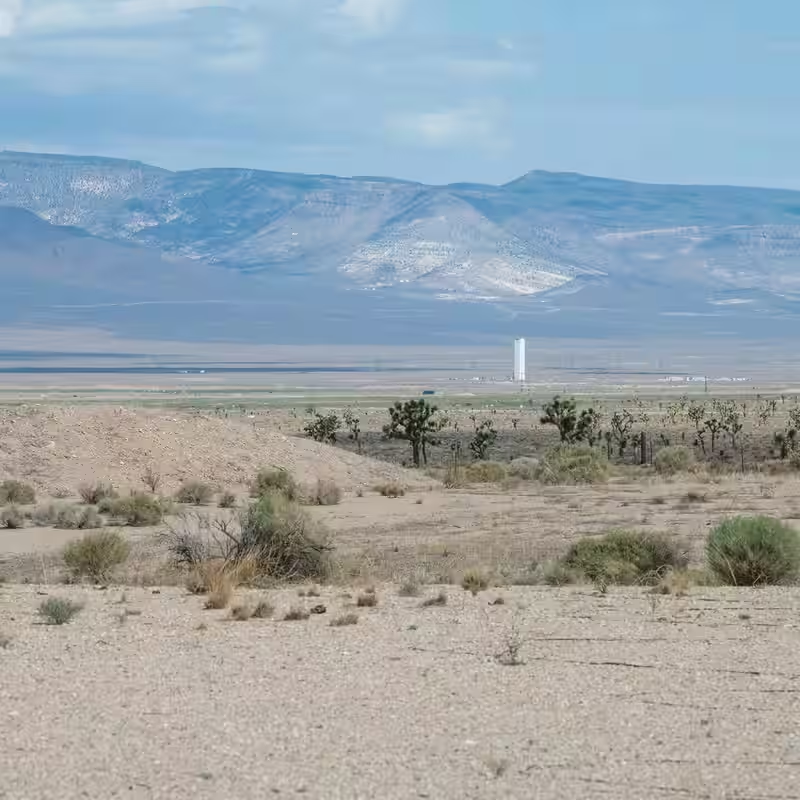The specter of nuclear weapons testing has returned to the American political stage. With former President Donald Trump recently suggesting a resumption of explosive tests, a decades-long moratorium is under threat. But what is the true state of the US nuclear arsenal? Can it still deliver on its promise of deterrence without a single live test in over 30 years?
US Nuclear Weapons: A Legacy of Power and Restraint
The United States has not conducted an explosive nuclear test since 1992, a self-imposed moratorium that has held firm for over three decades . This period of restraint stands in stark contrast to the Cold War era, which saw more than 100 atmospheric tests between 1945 and 1962, leaving a legacy of radioactive fallout . The last time a US administration seriously entertained the idea of a new test was in 2020, during Trump’s first term . Now, with his recent remarks, the debate has been reignited .
Is the US Nuclear Arsenal Still Reliable?
This is the critical question on everyone’s mind. The answer from the nation’s top defense officials is a resounding yes. The current US nuclear stockpile is considered “safe, secure, and effective” by the Department of Defense . Experts and officials have repeatedly testified that the warheads in the existing arsenal are already highly reliable, perhaps even more so than in the past .
The reliability of these weapons isn’t based on faith, but on a sophisticated, science-driven program.
The Secret Behind a Silent Arsenal: Stockpile Stewardship
Since live testing is off the table, the US relies on the Stockpile Stewardship Program, a comprehensive initiative launched in 1994 . This program is the backbone of America’s nuclear confidence, ensuring the arsenal’s safety and effectiveness without a single nuclear explosion .
The program employs a multi-pronged approach:
- Advanced Computer Simulations: Using the world’s most powerful supercomputers to model the physics of a nuclear detonation in extreme detail.
- Subcritical Experiments: Conducting tests with nuclear materials like plutonium that stop just short of creating a self-sustaining chain reaction.
- Rigorous Surveillance: Continuously monitoring and testing actual weapons from the stockpile to assess the effects of aging on their components .
- Scientific Research: Investing in cutting-edge materials science and engineering to understand and predict how every part of a warhead will behave over time .
Through this science-based approach, the National Nuclear Security Administration (NNSA) can certify annually that the stockpile remains a credible deterrent .
Why Test Again? The Political Calculus
If the arsenal is already reliable, why would a leader threaten to restart testing? The motivations are likely more political and strategic than technical. A test could be seen as a show of force, a signal of resolve to adversaries like Russia and China, or a way to pressure other nations in arms control negotiations. However, such a move would shatter a global norm and could trigger a new arms race, with other nuclear powers following suit.
What a New Test Would Mean for the World
Resuming nuclear explosive testing would be a seismic event in international relations. It would effectively end the de facto global moratorium and could lead to the collapse of the Comprehensive Nuclear-Test-Ban Treaty (CTBT) framework. The environmental and health consequences, reminiscent of the early testing era, would also be a major concern for communities near potential test sites.
Sources
- The New York Times: What to Know About US Nuclear Weapons as Trump Threatens to Restart Testing
- Various public statements and reports from the Department of Defense, NNSA, and Congressional Research Service.




